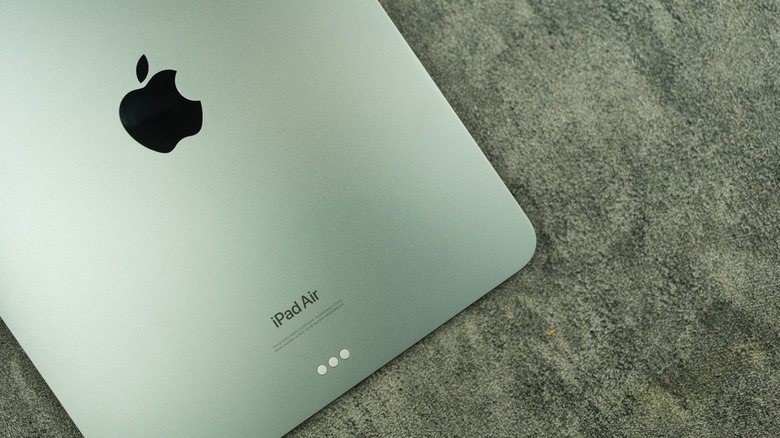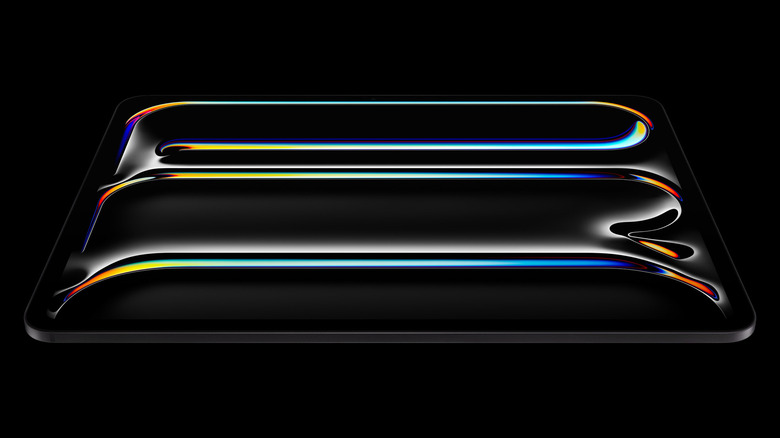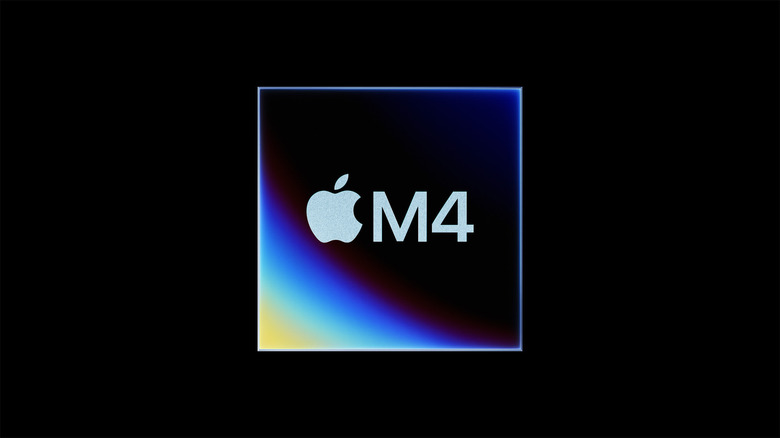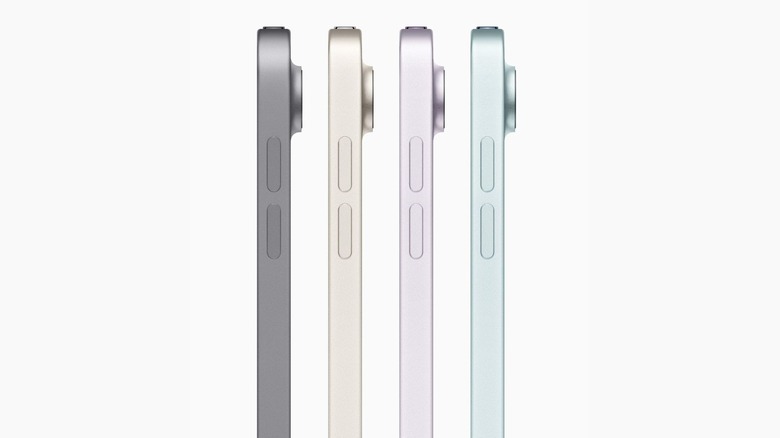13-Inch iPad Air Vs. 13-Inch iPad Pro: Apple's Largest Tablets, Compared
We may receive a commission on purchases made from links.
In our time, iPads have become much more than just the shiny gadget every kid unwrapped on Christmas Eve. Today, iPads have not only become a solid replacement for MacBooks, they are one of the few tech tools that almost every student can truly benefit from.
If you've finally decided to invest in an iPad in favor of digital note-taking, creative work or simply to add another addition to your Apple collection, there's still one major choice you need to make. That is, which model should you buy? As of October 2024, your top contenders are the 13-inch iPad Air and the 13-inch iPad Pro.
The 13-inch iPad Air's base model, which comes with 128 GB of storage, retails at $799. On the other hand, the 13-inch iPad Pro's base model, which comes with 256 GB of storage, starts at $1,299. At first glance, you might lean toward the more reasonably priced Air, given they both offer the same screen size. But there's more to consider here, and we'll break down how the 13-inch iPad Air and Pro stack up against each other.
What about the display?
Instead of switching to the Liquid Retina XDR display the previous iPad Pro models feature, the 13-inch iPad Air retains the Liquid Retina display of its predecessors. Here's where the 13-inch iPad Pro truly shines. It features an Ultra Retina XDR display, powered by tandem OLED technology.
This tandem OLED setup combines light from two panels to maximize brightness. As a result, the Ultra Retina XDR display reaches up to 1000 nits max brightness for full-screen use and peaks at 1500 nits for HDR content. When it comes to SDR (Standard Dynamic Range) content, the iPad Air tops out at 600 nits, while the Pro reaches up to 1000 nits.
If you opt for the 13-inch Pro model with either 1TB or 2TB storage, you'll also get the option to choose between standard and nano-textured glass. While you'll need to pay an additional $100 for nano-textured glass, it's worth it if you frequently use your iPad in direct sunlight. That said, justifying the cost of a 1TB or 2TB model just to reduce glare is tough if you don't need the extra storage. In this case, a more budget-friendly option is to use a matte screen protector, such as the Paperlike 2.1 (2 Pieces) for the iPad Pro 13" or iPad Air 13".
While both the Air and the Pro variants have True Tone, Wide Color (P3) and Apple Pencil hover support, the Pro takes it further with Apple's ProMotion technology. This means the iPad Pro has a high refresh rate of 120Hz, offering smoother visuals when gaming and a more responsive experience when using a stylus.. So, while display differences may not matter much if you just need a device for everyday tasks, the 13-inch iPad Pro clearly wins the display round.
Then there's performance
When it comes to performance, the 13-inch iPad Pro truly shines. The 2024 Pro model packs the M4 chip, which is built on a second-generation 3-nanometer technology. The M4 chip offers up to four performance cores and six efficiency cores. Not only is the M4 chip more power efficient and can deliver the same performance as the M2 using half the power, its 10-core GPU supports advanced features like Dynamic Caching and hardware-accelerated mesh shading ray tracing. According to Apple, the M4 chip is up to 1.5x times faster than the M2 chip when it comes to CPU performance.
The 13-inch iPad Air, as expected, now runs on the M2 chip. With an 8-core CPU, a 9-core GPU, and faster memory bandwidth, this upgrade makes it nearly 50% faster than the 2022 iPad Air with the M1 chip. Similarly, the M2 iPad Air is up to 3x faster in performance than the older A14 Bionic-equipped Air.
Thankfully, both the 13-inch iPad Air and Pro support Apple Intelligence features. However, the M4 chip also has a faster Neural Engine, which does mean it will result in a noticeably quicker AI experience.
While these specs do matter and the performance gap will likely be noticeable, the M2 chip is more than capable of handling everything an average user needs. However, if you plan to tackle heavier tasks like video editing, rendering, or gaming, you will definitely benefit from the extra power the M4 chip provides.
The iPad Air and Pro both boast up to 10 hours of web surfing or video streaming when using Wi-Fi, and up to 9 hours when using cellular data. However, the iPad Pro will likely outperform the Air here, thanks to its more power-efficient chipset.
Size, Weight, Color and Storage Options
Typically, Apple's Air range tends to be lighter and more portable than their premium Pro devices. Apple turned things around this year, and the 2024 iPad Pro is not only considerably thinner than its predecessor, Apple also advertised it as the "thinnest Apple product ever". The iPad Pro is 5.1 millimeters thin, while the iPad Air is 6.11 millimeters thin.
Of course, the slimmer an iPad is, the lighter and more portable it is. The iPad Pro weighs 579 grams, while the iPad Air weighs 617 grams. While the difference isn't groundbreaking, the weight certainly adds up if you tend to toss multiple devices into your backpack like your MacBook and AirPods Max!
The iPad Pro is available in two standard colors: Space Black and Silver. But if colors matter for you, you can't go wrong with the iPad Air, which is available in Space Gray, Blue, Purple, and Starlight.
The Air is available in 128 GB, 256 GB, 512 GB, and 1 TB of storage. On the contrary, the Pro is available in 256 GB, 512 GB, 1 TB, and 2 TB variants. Both the 13-inch iPad Air and Pro come with a 12MP Wide rear camera and support up to 5x digital zoom. Both models come with a 12MP Ultra Wide front camera in landscape orientation. While they're nearly identical, the iPad Pro's camera is a TrueDepth version, giving it an edge with Face ID support. In contrast, the iPad Air relies on a Touch ID sensor.



